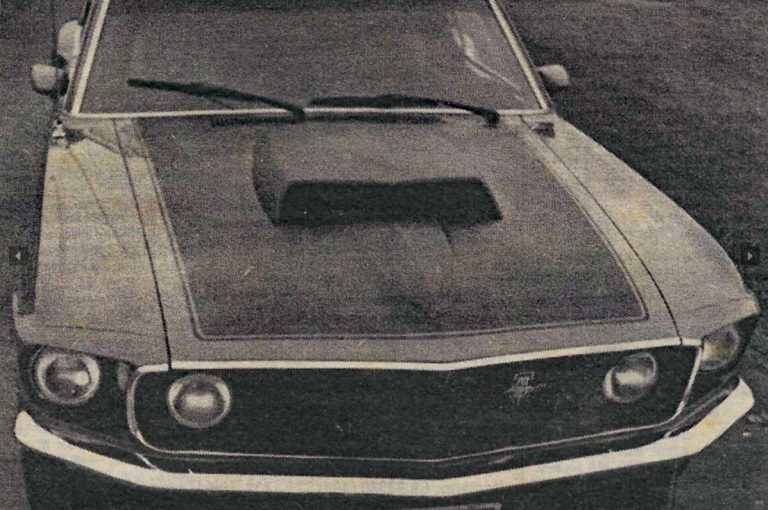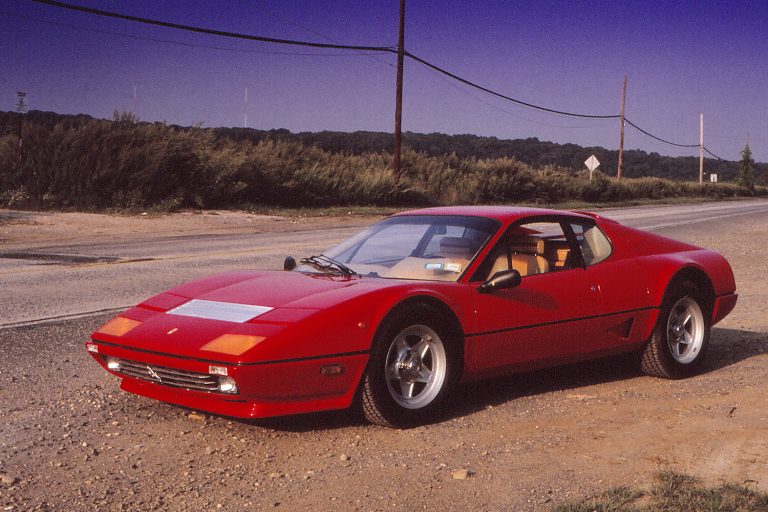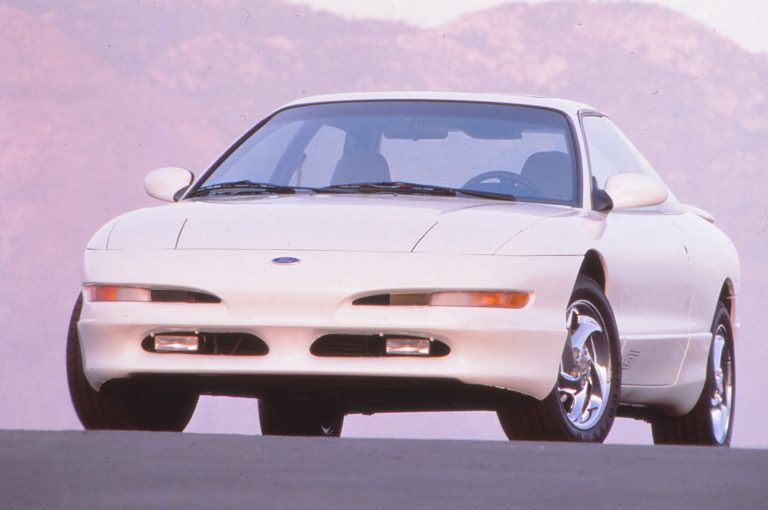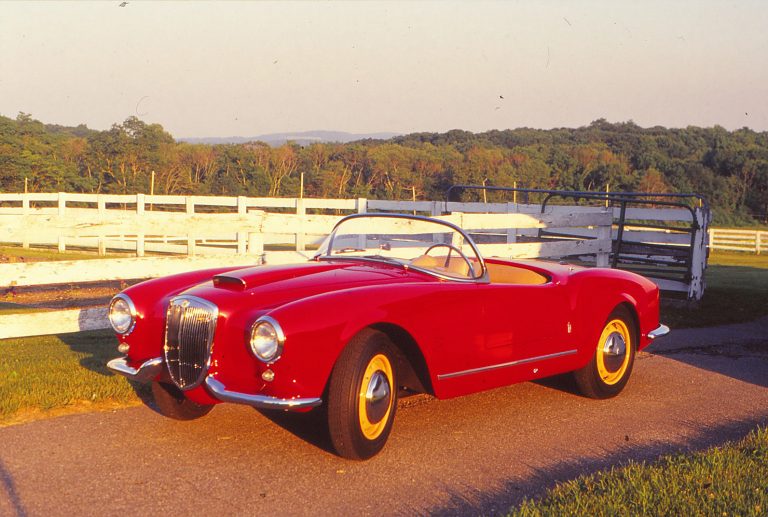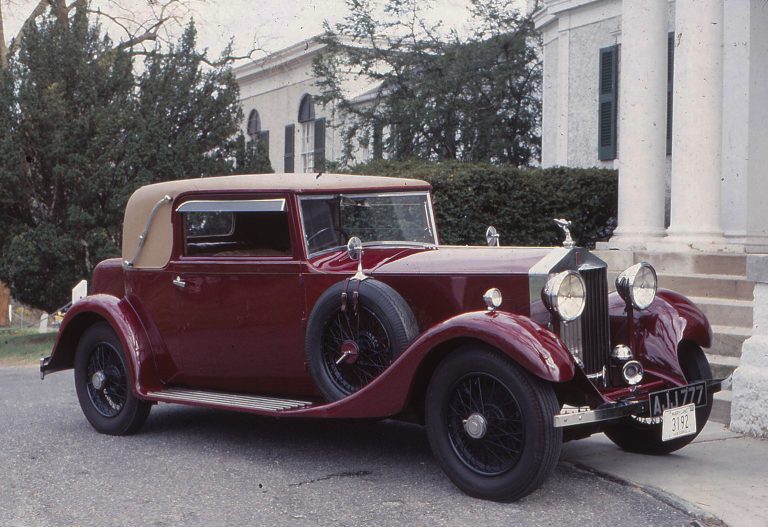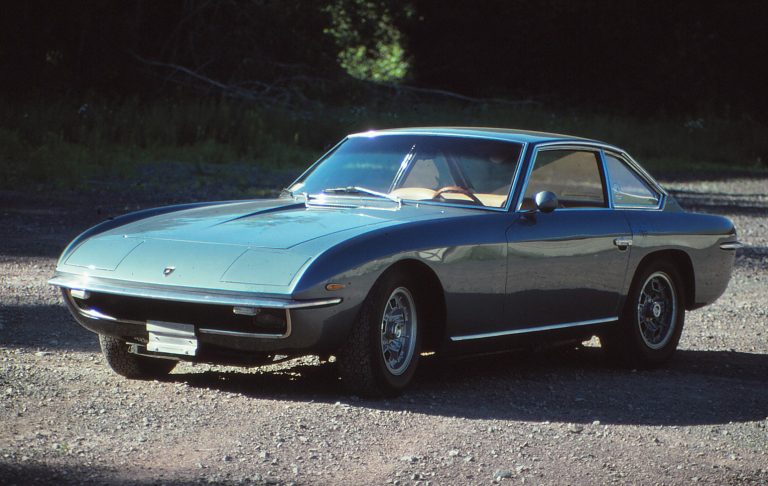Contemporary review originally published in 1998 Road & Track Sports & GT Cars
Not long ago car market was awash in Japanese high-performance cars and coupes. Buoyed by Japan’s bubble economy, it was a sine qua non for that country’s carmakers to have a high-powered 2-seat or 2+2 flagship to carry its corporate honor. But more economic conditions at home and new OBD II efficiency requirements in the U.S. have sent the Honshu hot rods home one by one. Gone are Nissan’s 300ZX, Mazda’s RX-7 and Subaru’s SVX. X’ed out, as it were. Toyota keeps the Supra, but it sells in pitifully small numbers and model variations have been reduced, while Honda finds a steady, if small, market for the Acura NSX. Surely neither are doing more for their makers than sharing a halo.
The Mitsubishi 3000GT is a survivor. US sales for 1996 totaled 7,358–admittedly down from its heyday—plus almost 1,000 300GT Spyders. Part of this tenacity is due to the variety of 3000GTs available. A naturally aspirated base model is powered by a 161-bhp 12-valve V-6 and offers the look of a 3000GT with an MSRP of $27,770. The SL ups the ante and offers a 218-bhp turbo and 17-in. wheels. Both of these models are front-wheel drive, and although they certainly have their attractions, the overachiever of the family is the 320-bhp twin-turbocharged all-wheel-drive 3000GT VR-4.
The “4” surely indicates four-wheel drive, which the VR-4 has, but the VR must stand for “virtual reality” because there’s little short of a video game that will provide this kind of performance. Rev up the engine and dump the clutch and the VR-4 won’t cloud the rear tires in smoked rubber or send its front tires hippity-hopping across the asphalt. Instead, as Executive Editor Doug Kott wrote in Road & Track describing the 296-BHP 1991 model, “… Just a little scuff, scuff of tires heard under the throatiness of the engine, then glorious, unadulterated, Katie-bar-the-door acceleration that hurls you into the next week—or at least through the quarter-mile track at 13.7 seconds.” That was a preview at Mitsubishi’s Kitsuregawa proving grounds, and by the time the VR-4 reached America, the rating was revised to 300 bhp. Testing under Road & Track standardized conditions produced a still impressive quarter-mile time of 14.7 sec. Not bad for a car priced in the low $30s, and including all-wheel drive, four-wheel steering, fully independent suspension with variable shock damping, anti-lock braking, variable-tone exhaust, variable seat width and lumbar, and a two-stage rear wing and front spoiler—not to mention the usual pop-up headlamps, air conditioning, AM/FM/cassette stereo, and power windows, locks and mirrors. “Mitsubishi,” we said, “is bringing super car performance to Everyman.”
Things have changed since then. For one, Everyman will find the $46,230 base price of a VR-4 shockingly high. But for that, the variable shock damping was discarded and the variable-tone exhaust feature is gone; for the better, actually, as we suspect most owners used the performance setting all the time and left the exhaust on the louder setting just to hear the purr of the V-6. The pop-up lights were replaced by very effective projector-beam lamps in a front-end makeover that, according to Mitsubishi, was inspired by ancient Japanese warrior masks, a look that just last year was given an even more aggressive restyle. While the side vents are purely decorative, intercoolers reside to either side of the radiator opening. The “active aerodynamics” were replaced by a tall hoop spoiler that bisects the view through the rearview mirror (though if the seat is set correctly, the spoiler effectively blocks bright headlights in the mirror).
On the other hand, power got a boost to 320 BHP. This is a truly remarkable engine. It’s unusual in supercardom for being mounted transversely, something generally reserved for mid-level sport coupes. It fills the engine compartment, packed so tightly that a marble dropped on top would take as long to get to the ground – and take as many detours – as a pachinko ball to run its course. The VR-4‘s V-6 has a cast-iron block and aluminum heads and four valves per cylinder. Mitsubishi uses a split induction system with long, narrow runners for low engine speeds and short, wide runners for high rpm, and topped it off in the VR-4 with two in-house sourced turbochargers, each with its own intercooler. It makes genuine horsepower, folks. The small twin turbos spool up quickly, and though there is some lag and the engine falls off boost in leisurely shifts, the engine has a fat, satisfying lump of torque in the midrange.
A few years back, the original five-speed was replaced with a Getrag six-speed manual transmission, the only gearbox available in the VR-4. Fourth through 6th gear are overdrive, top gear a gas-sipping 0.59:1. The German-designed, North Carolina-built transmission easily handles the 315 lb-ft of torque and is mated to a heavy-duty clutch. In the left-leg Olympics, we’d rank this in the middle-effort class despite vacuum assist.
So refined is the VR-4’s all-wheel drive that one might never know it’s there. The full-time system has no switches or labels as reminders. The center differential has a viscous limited-slip, as does the rear differential. Torque-split is normally 45/55 percent front/rear, giving the VR-4 a reardrive handling bias under normal driving conditions. Whenever one end or the other starts to slip, the viscous coupling sends more torque to the wheels with traction. So while one can momentarily kick out the rear end with power, the torque shift to the front will end that nonsense soon enough. For the most part, this won’t be felt other than as exceptional traction on whatever surface short of off-road or deep snow. The 245/40ZR-18 performance radials lose their edge when the temperature goes arctic, but otherwise VR-4 is an all-weather/all-pavement sport grand tourer. An even more subtle handling aid is the hydraulic cylinder, linked to the front steering box, adding up to 1.5 degrees of toe-in to the rear wheels at speeds above 31 mph in response to acceleration, braking or cornering, increasing high-speed stability.
There’s more good news. By eliminating the active aerodynamics and two-tone exhaust, curb weight is down more than 100 lb. That weight reduction combined with the engine’s 320 bhp produces a 14.2-sec/99.0-mph standing-start quarter mile. That’s in spite of the all-wheel-drive system; all the traction makes drag racing-style standing starts more difficult.
The 3000GT isn’t too difficult to get comfortable in. Despite the overall lowness, the Mitsu is easy to enter, and anyone under 6-foot 4-in. should have adequate head room, though even those of average height will notice the proximity of the headliner even with the multi-adjustable seat at the lowest setting. Fortunately, little head room is lost to the power flip-up-and-out sunroof. In addition to the usual vertical and longitudinal movements the driver’s seat also has power-adjustable wings which, along with a well-designed seatbelt, keep the driver in place during high-g Blue Angels-like maneuvers.
From the driver’s seat, the hood looks wide and the ripple of the blistered sheet-metal is intriguing (and much better than the add-on caps on the early 3000GT hoods, said be caused by a mismeasurement of the strut tower tops). A big 180-mph speedometer is matched by a tachometer redlined at 7000 rpm under the central binnacle, while the temperature, oil-pressure and boost gauges live under their own nacelles, á la the 240Z. Earlier iterations of the automatic ventilation controls were justly criticized, but the current version has the pictograph concept down pat. And unlike some so-called automatic systems, this is a true set-and-forget unit.
The Mitsubishi 3000GT VR-4 is an unforgettable ride, however, best experienced with the windows down to hear the purr at idle change to a growl of acceleration and a whistle of the dual turbos. It’s cliché to write about getting pushed back in the seat, but that’s what the VR-4 does to you. Keep the turbos on the boil and the rush continues up into silly speeds. And note the lack of a traction-control system. With those tires and all-wheel drive, it would be as redundant as an air conditioner in an igloo. As it is, the VR-4 grapples for traction in the darndest places and finds it every time. It will spoil you for anything with mere two-wheel drive. Then hit the center pedal and the VR-4’s monster discs—ventilated, 12.2-in. diameter in the front and 11.6-in. on the rear wheels—scrub all speed faster than you can say, “Hi, officer!” And with fade resistance to do it over and over again.
How often the 3000GT VR-4 will return to the shores isn’t certain. A makeover is due for 1999, but beyond that it1 s presence here is dependent on sales as well as the vagaries of politics and economics. The more powerful C5 Corvette sells for thousands less, and a Mustang Cobra and Camaro Z28 have the VR-4’s horsepower at half the cost. Thanks to styling updates and glittery chromed-aluminum wheels, 3000GT still dazzles. One wish is that Mitsubishi would make it forever, another is for a successor even better. The only thing that’s certain is that it’s here today and the best it has ever been. Catch one if you can.
Concerns that the Mitusbishi 3000GT continuing were well founded. The expected makeover did not arrive in 1999, and that model year was the last for the Mitsubishi flagship in the U.S.A. Japanese buyers had their last chance in 2000. The nifty did not survive long after I had reviewed it, but I had nothing to do with that.
The relationship between Chrysler and Mitsubishi led to a number of badge engineered or slightly reworked Mitsus wearing the Dodge, Plymouth and Eagle nameplates. The Mitsubishi 3000GT’s sibling was the Dodge Stealth, the VR-4 renamed R/T Twin Turbo. Although they were the same mechanically, the 3000GT was more popular than the Stealth, the Stealth sneaking out of Dodge dealerships after the 1996 model year.
Photos with the original article were shot by Brian Blades.






